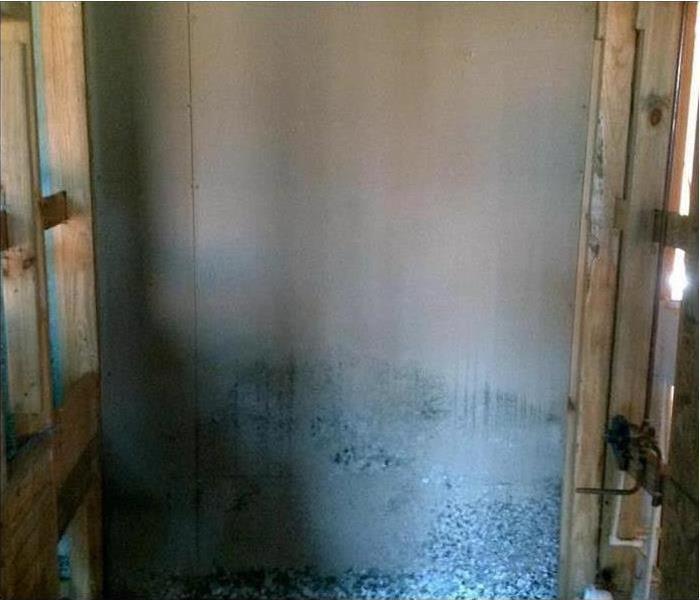Places in Commercial Buildings Where Mold Is Likely To Grow
8/29/2022 (Permalink)
Areas Where You Can Find Mold
Mold is in every building, a presence in the air people breathe even if its growth cannot be perceived by the naked eye. Once it becomes visible, it poses a risk overtime to the structural integrity of commercial property because it degrades construction materials like wood, glue and fabrics. This can be financially costly to business owners, so the discovery of mold growth usually prompts them to contact a professional cleanup service in Troup, TX, for mold remediation. The fungus is not always in an easy to spot location, but there are certain areas where it is more likely to be found.
Locations With Moisture
Besides causing water damage, leaks and large inundations of water also cause harm by promoting mold growth. The invasive mold loves dark, wet and cold spaces. Any place with a lot of moisture and/or high humidity carries a high likelihood of having it, including public or employee bathrooms or around pipes.
Locations Associated With HVAC Systems
HVAC systems themselves and places connected to them are mold breeding grounds because of condensation. This includes:
- Ducts attached to HVAC systems
- HVAC terminal units
- HVAC drain pans
- Ceiling tiles around HVAC systems
Locations That Trap and Hold Water
Building materials often trap and hold water, creating environments conducive for the development of the ubiquitous fungus. Carpets and the lightless spaces behind walls, for example, often hold mold that goes unnoticed for long periods of time. It is also not uncommon to find it in insulation or wallboard.
Mold growth is bad news for a building. It eats away at materials, creating a need for repairs and, in some cases, replacement. It is also impossible to fully remove, though qualified professionals can remove the parts that can be seen. It is important to know where mold may grow, especially the less accessible areas that may not be looked at as often. This way such areas can be checked, and mold discovered and dealt with before spreading further.



 24/7 Emergency Service
24/7 Emergency Service
